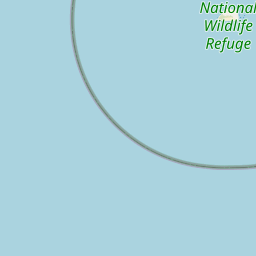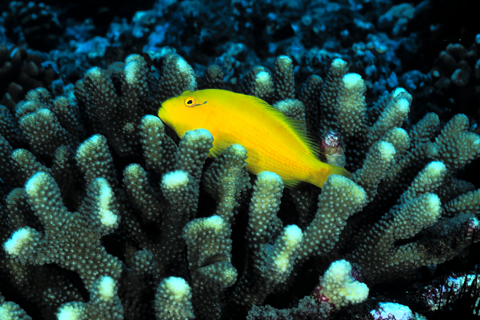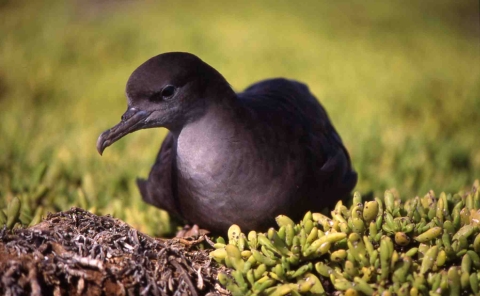Visit Us
Because of its remoteness and the important role it plays in wildlife conservation, Jarvis Island National Wildlife Refuge is not open to the public and entry is only allowed through a Special Use Permit when the activity is deemed appropriate with purposes to the refuge establishment.
Location and Contact Information
- Jarvis Island National Wildlife RefugeView Details300 Ala Moana Boulevard, Room 5-231 Honolulu, HI 96850
About Us
Jarvis Island National Wildlife Refuge was established in 1974 and is located 1,305 nautical miles south of Honolulu. The refuge includes submerged lands out to 200 nautical miles from the island, encompassing 429,853 acres, with 1,273 acres being terrestrial and 428,580 acres being submerged. On January 6, 2009, the Pacific Remote Islands Marine National Monument was established, which includes Jarvis Island National Wildlife Refuge within its boundaries.
What We Do
The National Wildlife Refuge System is a series of lands and waters owned and managed by the U.S. Fish and Wildlife Service. Wildlife conservation is at the heart of the refuge system. It drives everything we do from the purpose a refuge is established, to the recreational activities offered there, to the resource management tools we use. Selecting the right tools helps us ensure the survival of local plants and animals and helps fulfill the purpose of the refuge.
The U.S. Fish and Wildlife Service with our partners at NOAA monitor the island for seabird activity and nesting, invasive species invasive species
An invasive species is any plant or animal that has spread or been introduced into a new area where they are, or could, cause harm to the environment, economy, or human, animal, or plant health. Their unwelcome presence can destroy ecosystems and cost millions of dollars.
Learn more about invasive species , and the overall health of the surrounding reef.
Our Organization
There are many ways to support your national wildlife refuges. There are non-profit organizations that support wildlife and restoration projects within the Pacific Remote Islands Marine National Monument. Volunteer opportunities can also be found at volunteer.gov.
Our Species
Jarvis Island National Wildlife Refuge is home to numerous species of unique wildlife. The low coral island is surrounded by beaches on all sides composed of sand and coral shingle. Biodiversity teems throughout the refuge, ranging from birds and reptiles to crabs and coral.

























